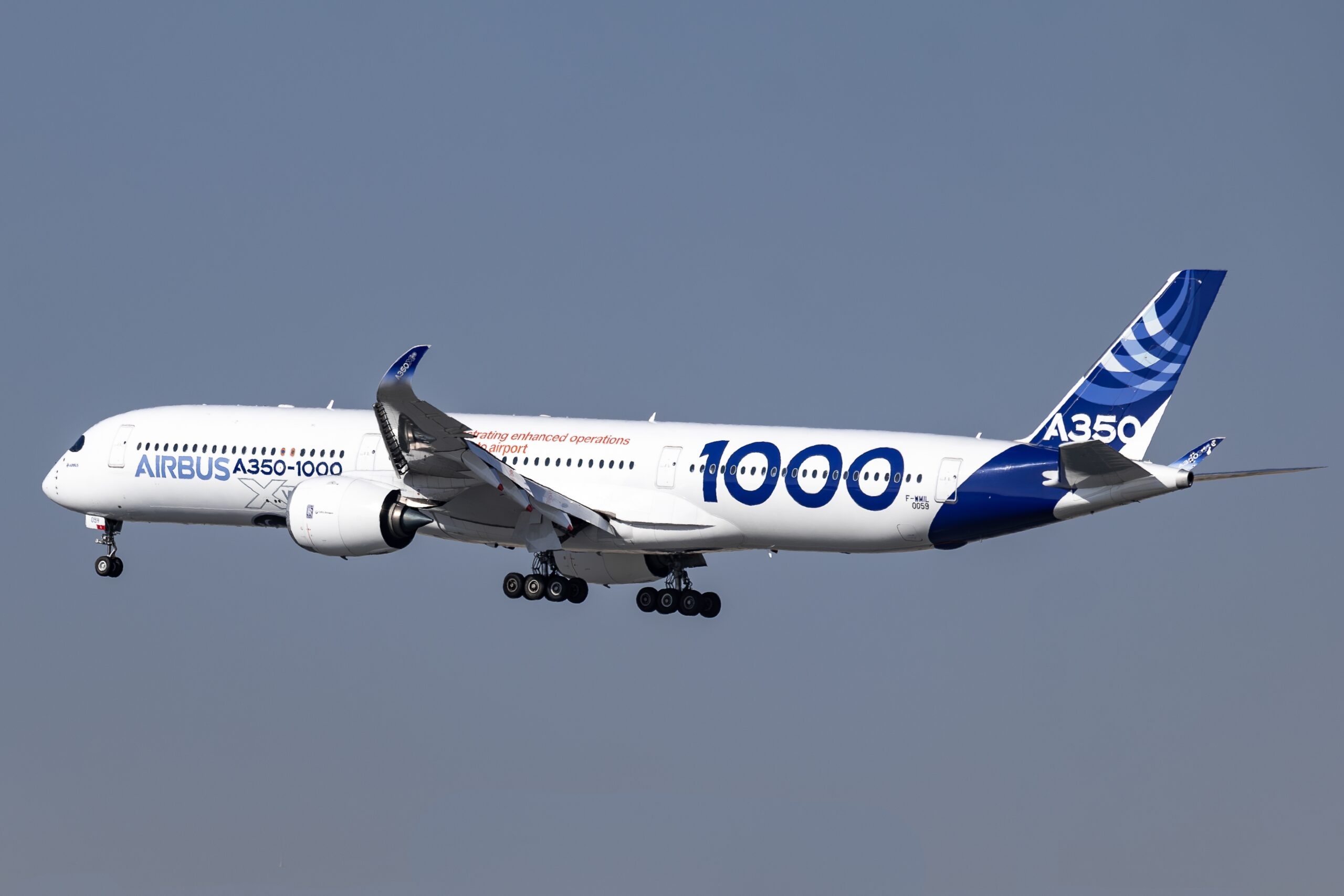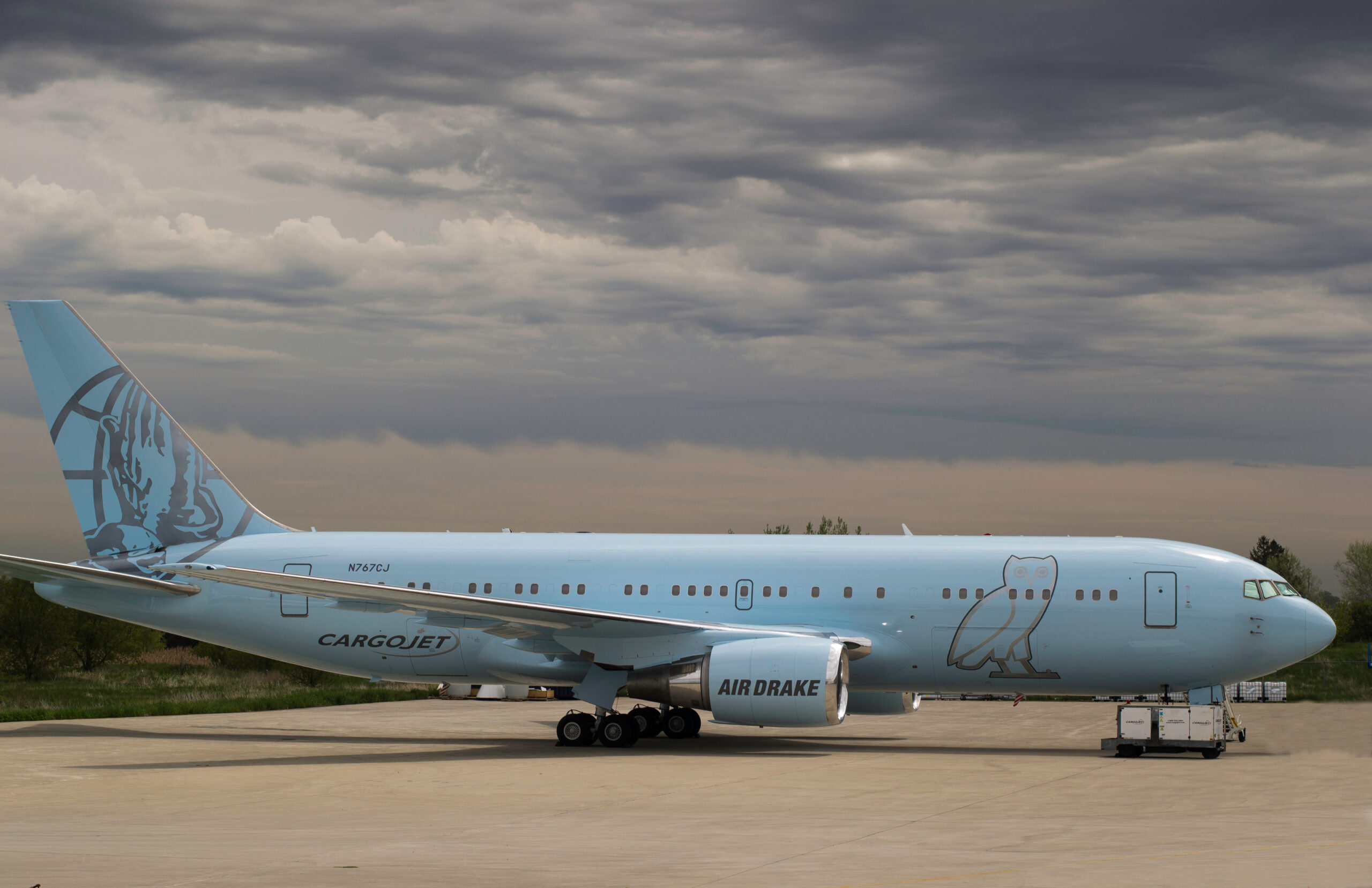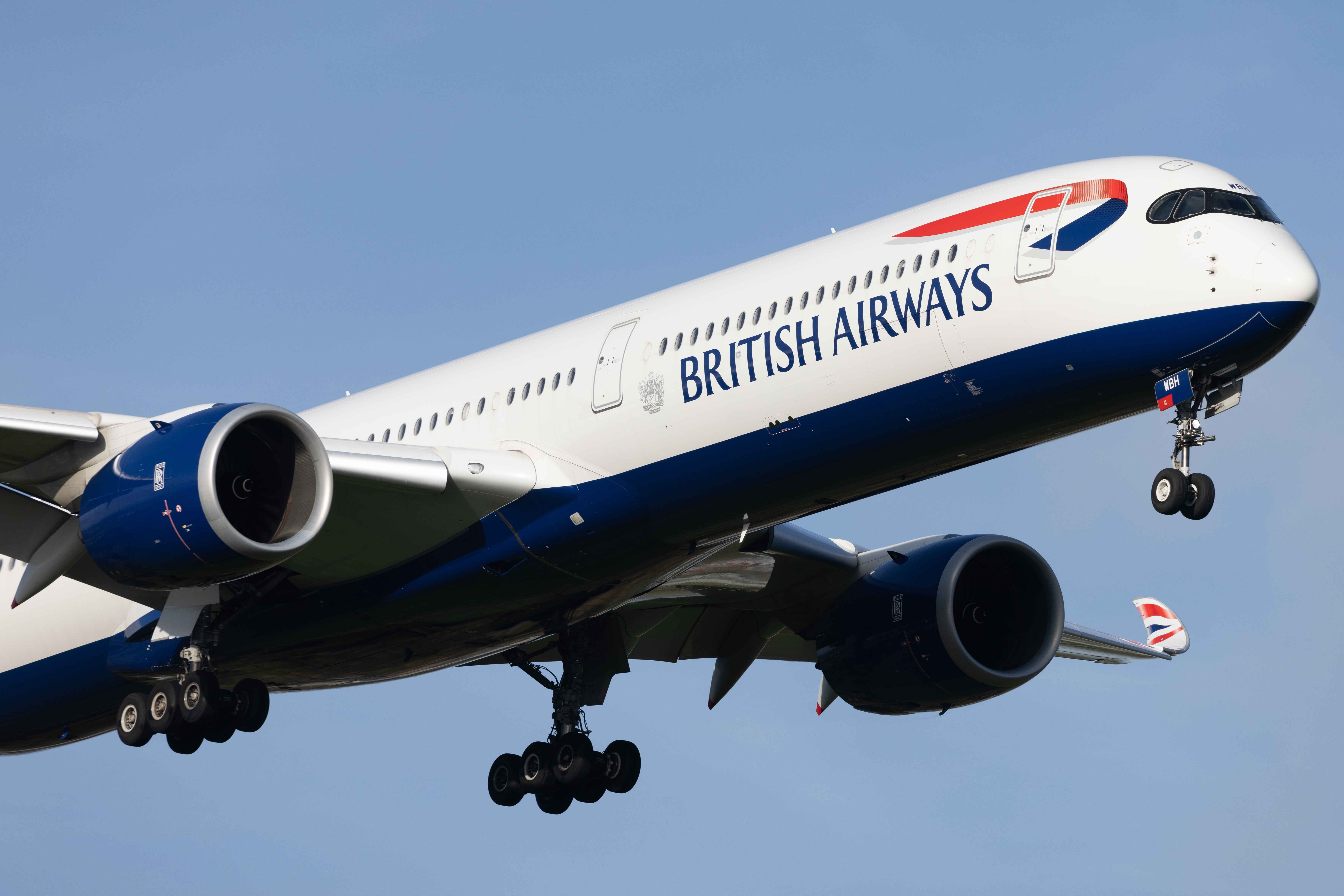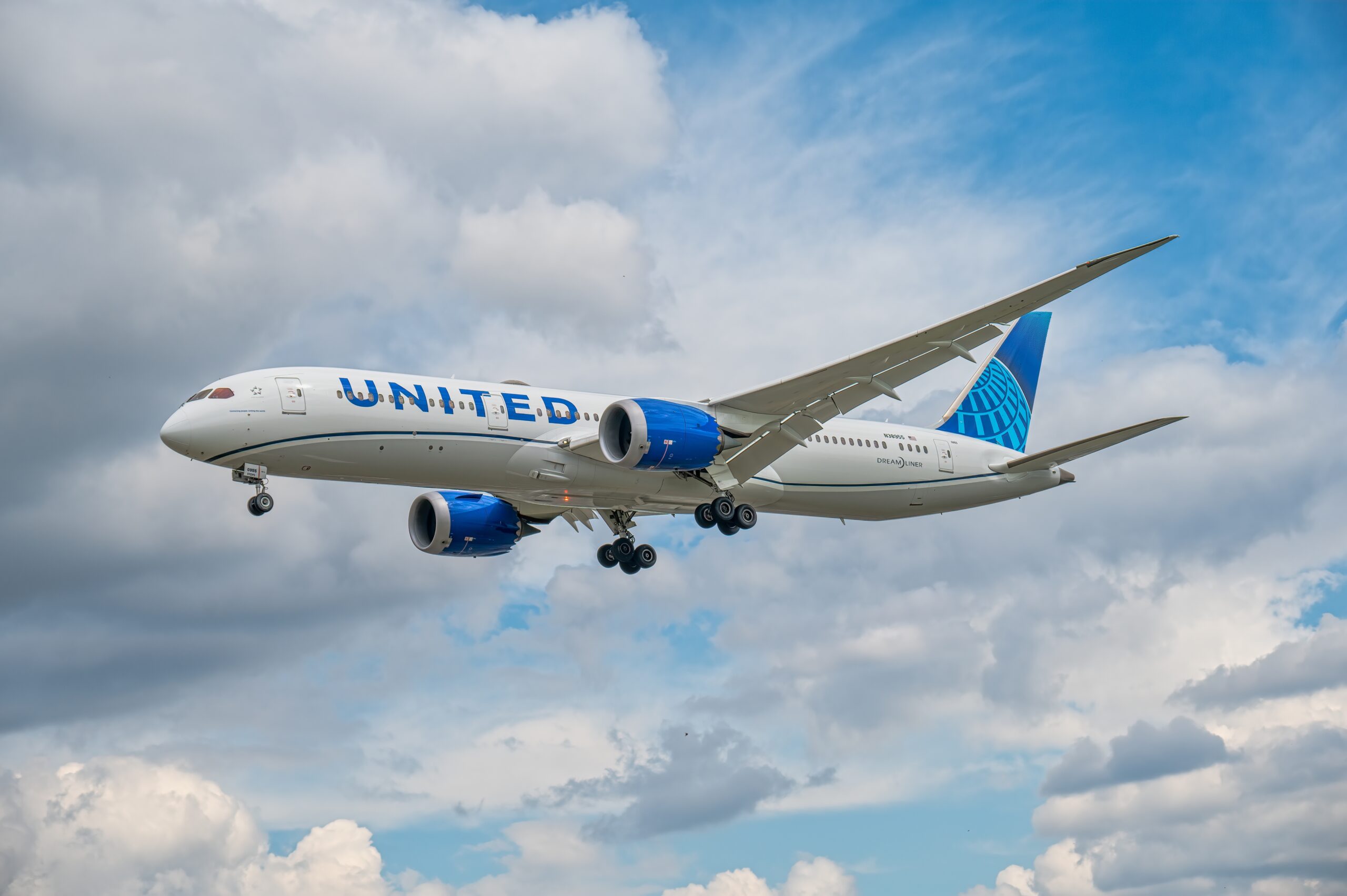Flying Cars: The Frontier of Modern Transportation
Flying cars have long been a staple of science fiction, inspiring futurists and engineers to make them a reality. While conventional cars have changed little in fundamental design over the last century, the idea of a vehicle that can traverse both roads and skies has fascinated people for generations. Several companies are now developing prototypes to bring this dream closer to reality.
The History Behind Flying Cars
Interest in flying cars began in the early 20th century. Inventors like Glenn Curtiss and Waldo Waterman attempted to marry cars and aircraft. Curtiss’s Autoplane, unveiled in 1917, featured wings and a propeller. Though it never flew, it set the stage for future innovators. Waterman’s Aerobile, tested in the 1930s, was more successful but limited by the technology of its time. Despite early interest, substantial advancements took decades to materialize due to the complexity of combining two modes of transportation.
Technological Advancements
Modern technology has provided solutions to many challenges that early inventors faced. Today’s composites and lightweight materials reduce the weight burden. Advances in battery technology and electric motors make power generation more feasible. Autonomous flying technology, stemming from drone advancements, offers potential for safer, easier operation. Modern avionics and GPS have also revolutionized navigation, making it more precise and user-friendly.
Major Players in the Flying Car Industry
Several companies are at the forefront of flying car development:
- Terrafugia – A subsidiary of Geely Holding, Terrafugia’s Transition model can switch between driving and flying. It’s designed to operate in airspace under 10,000 feet.
- Aeromobil – A Slovakian company developing a prototype capable of switching between modes in under three minutes.
- PAL-V – A Dutch company focused on the Liberty, a gyroplane model that also functions as a three-wheeled vehicle.
- Volocopter – Specializing in electric vertical take-off and landing (eVTOL) aircraft, aiming for urban air mobility solutions.
Key Challenges and Solutions
The development of flying cars faces several barriers, including regulations, safety, infrastructure, and public acceptance. Governments are beginning to draft regulations tailored to flying cars, addressing air traffic management, safety standards, and usage guidelines. The Federal Aviation Administration (FAA) and the European Union Aviation Safety Agency (EASA) work on guidelines to ensure safety without stifling innovation. Prototypes undergo rigorous testing to meet these standards.
Building the necessary infrastructure, such as vertiports for take-offs and landings, presents both a challenge and an opportunity. Urban planners, architects, and engineers are collaborating on solutions. Public acceptance remains a hurdle. Several surveys show mixed feelings among potential consumers, with safety and price being significant concerns. However, history shows that public perception can shift rapidly with technological adoption.
Potential Benefits
Flying cars offer numerous advantages. They promise to alleviate traffic congestion by utilizing aerial routes. Emergency services could drastically improve their response times. Rural and remote areas could benefit from better connectivity. Noise and pollution reductions are possible with electric models, contributing to sustainability goals.
The Economics of Flying Cars
Cost considerations are critical in determining the viability of flying cars. Initially, these vehicles will likely command high prices, limiting access to affluent consumers. Over time, mass production and technological improvements could lower costs, making flying cars more accessible. Companies are exploring ride-sharing models to spread costs over multiple users. The operational economics hinge on factors like fuel (or electricity) costs, maintenance, and regulatory fees.
Safety Considerations
Achieving high safety standards is non-negotiable. Flying cars must adhere to stringent aviation regulations. Autopilot systems and AI-driven controls are being developed to minimize human error. Redundancy in critical systems, such as propulsion and navigation, enhances safety. Testing protocols, similar to those employed in the aviation industry, ensure reliability before public deployment.
Environmental Impact
The environmental impact of flying cars is a double-edged sword. Electric models offer the promise of reduced greenhouse gas emissions compared to traditional vehicles. However, the energy demands for flight raise concerns about resource use. Lifecycle assessments, considering manufacturing, operation, and disposal, are essential to understanding their true environmental footprint. Regulatory bodies are beginning to factor environmental sustainability into their approval processes.
Legal and Ethical Considerations
Legal frameworks will need to evolve in response to new technology. Jurisdictions must address airspace rights, liability in case of accidents, and data privacy concerns related to autonomous flight. Ethics also play a role. The introduction of autonomous systems raises questions about decision-making in emergency situations. Regulatory bodies and manufacturers must work collaboratively to address these challenges.
Future Developments
The future of flying cars includes continued technological advancements, expanded infrastructure, and evolving regulations. Autonomous systems will become more sophisticated, making flying cars easier to operate. Infrastructure developments, such as vertiports, will become more prevalent. Regulatory frameworks will evolve to support widespread adoption. Market dynamics will also shape the future, with competition driving innovation and cost reduction.






